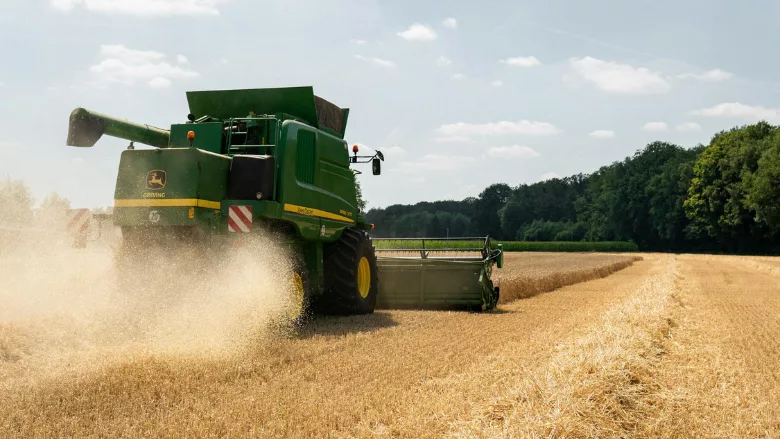EU Court Ruling: Member States Must Consider Most Recent Science in Pesticide Safety Assessments

Image credit: Alex Fu via Pexels
On April 25, 2024, the EU Court of Justice made three rulings (C-308/22, C-309/22, and C310/22) that set a precedent requiring Member States to consider more modern, comprehensive scientific literature in their pesticide safety assessments.
The rulings were made in response to complaints launched by Pesticide Action Network Europe (PAN EU) against the Dutch government in 2019, regarding the Dutch Pesticide Authorization Agency’s (CTGB’s) failure to use the most recent scientific frameworks for pesticide risk assessment in their reauthorization of three chemicals with food crop applications: Closer (sulfoxaflor), Dagonis (difenoconazole), and Pitcher (fludioxonil). Specifically, PAN EU asserted that CTGB did not evaluate the substances’ endocrine-disrupting effects (nor their toxicity to bees).
The EU Court of Justice ruled in favor of PAN EU, declaring CTGB’s pesticide safety assessments unlawful. With these rulings, Member States are now required to take the most up-to-date scientific and technical knowledge into account for their own, individual pesticide safety assessments, rather than using scientific evaluations carried out by other Member States. The court clarified that, in the absence of harmonized guidelines, regulatory authorities must use the most recent science, and that pesticide formulations must be evaluated for their combined endocrine-disrupting properties.
The rulings also call attention to the importance of erring on the side of precaution when it comes to pesticide safety assessment, and emphasized that protecting the health of humans, animals, and the environment “must take precedence” over agricultural productivity.
Looking for quick answers on food safety topics?
Try Ask FSM, our new smart AI search tool.
Ask FSM →









